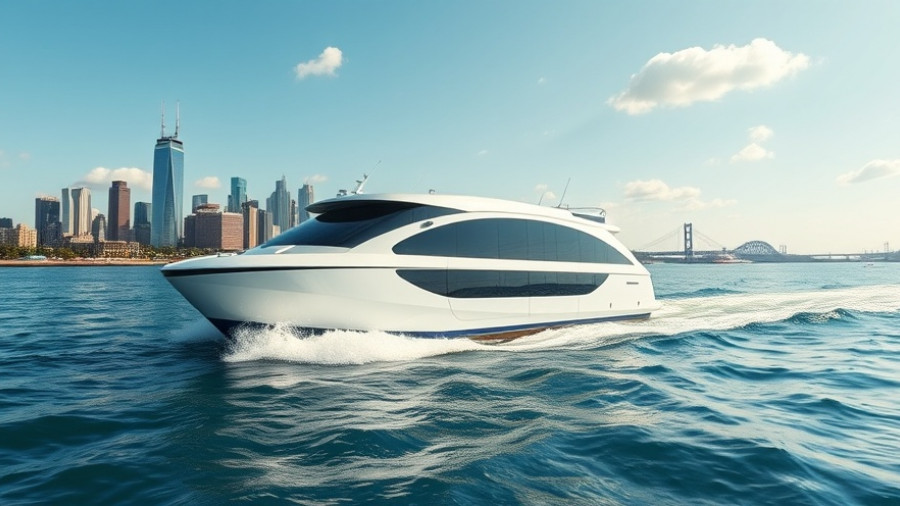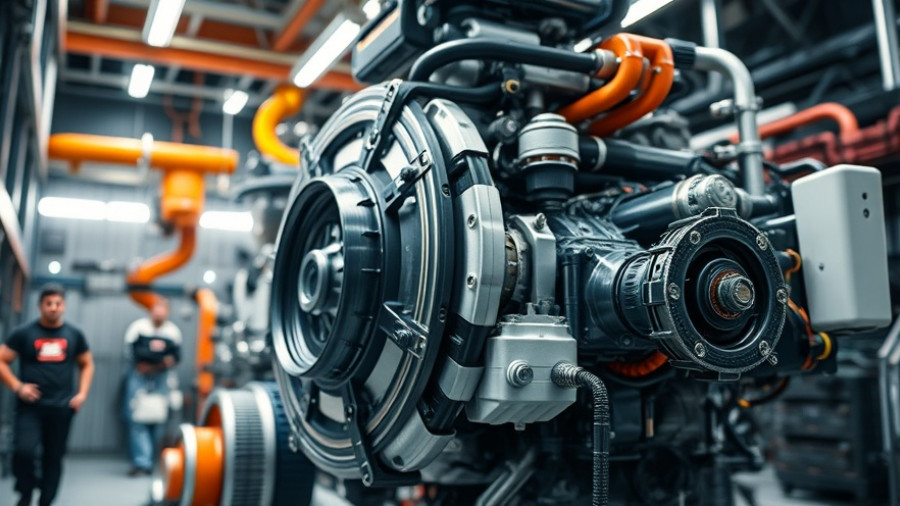
The Next Big Step for Port Fourchon and LNG Export
On July 9, 2025, the Greater Lafourche Port Commission took a significant step forward in the advancement of liquefied natural gas (LNG) export capabilities by approving the acquisition of a 743-acre tract from the State of Louisiana. This decision empowers Argent LNG to escalate its development at Port Fourchon, marking a milestone for both the company and the local economy.
Expanding Horizons: Argent LNG's Vision
Argent LNG's project is designed to deliver up to 25 million tonnes per annum (MTPA) of LNG, making it a prominent player in the lower-carbon energy market. By expanding the project site to approximately 900 acres, Argent LNG aims to optimize its facility design, improve logistics, and cater to the escalating global LNG demands. Jonathan Bass, CEO of Argent LNG, emphasized that location is crucial in developing cost-effective LNG infrastructure that meets reliability standards. “Port Fourchon offers unmatched deepwater access and a community of stakeholders familiar with executing large-scale projects,” he stated.
Economic Impact: Creating Jobs and Opportunities
The approval of this acquisition plan not only reflects progress for Argent LNG but also sets the stage for significant local economic expansion. Chett Chiasson, the executive director of the Greater Lafourche Port Commission, highlighted how this project aligns with their ongoing mission to enhance Port Fourchon as the Gulf of America’s hub for energy innovation and logistics excellence. This development is poised to bring decades of investment and job creation to Lafourche Parish, reinforcing the area's role in the energy sector.
Future-Proofing LNG Operations
Argent LNG's unique modular execution model is engineered to accelerate construction timelines, reduce capital costs, and improve operational efficiency. The additional land will allow for integrated storage and processing infrastructure that is not just scalable but also poised to respond to future market dynamics.
The Global Stage: Gastech 2025
The development of the Argent LNG project will proceed with detailed engineering, permitting, and site preparations, leading up to a formal launch at Gastech 2025 in Milan, Italy, this September. This event represents a pivotal opportunity for Argent LNG to showcase its vision on a global stage, illustrating its readiness to compete in the ever-evolving energy sector.
Conclusion: Embracing a New Energy Era
As the world transitions towards a more energy-diverse future, the expansion of facilities like Argent LNG at Port Fourchon is crucial. This initiative promises not only to solidify Louisiana's position as a leading energy exporter but also to pave the way for sustainable economic growth in the region. The local community, industry stakeholders, and global partners will benefit from the reliable, lower-carbon energy produced here, contributing to a sustainable future for all.
 Add Row
Add Row  Add
Add 




Write A Comment